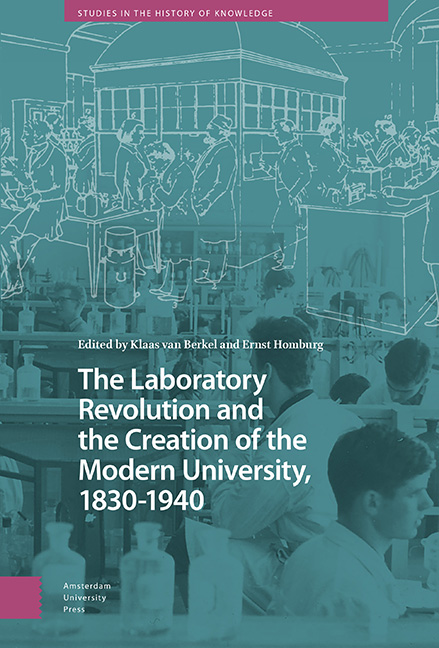11 - A Revolution in Genetics at Gendered Experimental Venues : Cambridge and Berlin, 1890–1930
Published online by Cambridge University Press: 29 November 2023
Summary
Abstract
If attention is only focused on ‘iconic’ university laboratories, the tentative beginning of genetics, including women’s important role, would escape attention. At first, research was carried out in a domestic setting and the group of researchers formed an extended family. Furthermore, the organizational setting was an institution not belonging to a university. Genetics developed successfully thanks to the contributions of women. Women were accepted because of their competence and their low costs. They remained, however, in the shadow of the male head and could not become authorities. In that period the situation in genetics apparently did not allow for an exception.
Keywords: women in science, emergence of genetics, institutional setting, Berlin, Cambridge
Introduction
In 1914 the first Institute for Genetics (Institut für Vererbungswissenschaft) in Germany was founded in Berlin-Dahlem at the semi-academic Agricultural College (Landwirtschaftliche Hochschule). Professor of genetics Erwin Baur (1875–1933) was its first director. The scientific staff consisted almost exclusively of women: there were five of them, to be joined from 1921 by only a single male. In 1930, as the historian Werner Pfarre wrote in 1987, ‘Thanks to the efforts of Baur and his colleagues the Dahlem Institute had reached a position of world renown by the time Baur left.’ Nevertheless, a potential successor of Baur, Theodor Roemer, who headed the institute of plant breeding at the University of Halle, was not very keen to take over the institute. When asked whether he was interested in succeeding Baur, he wrote: ‘The fact that I … will in a certain sense take over a convent of noble women … is most discouraging. A possible solution to this problem will have to be discussed.’ Although the research results of the almost exclusively female staff had brought about the prestige of the institute, its gender composition apparently made the directorship of the institute unattractive to this professor. He would not become Baur’s successor.
During the second half of the nineteenth century, universities all over Europe and the United States expanded. Science was set on a new experimental footing. Data collection, mostly by means of experiments, was considered essential.
- Type
- Chapter
- Information
- Publisher: Amsterdam University PressPrint publication year: 2023

